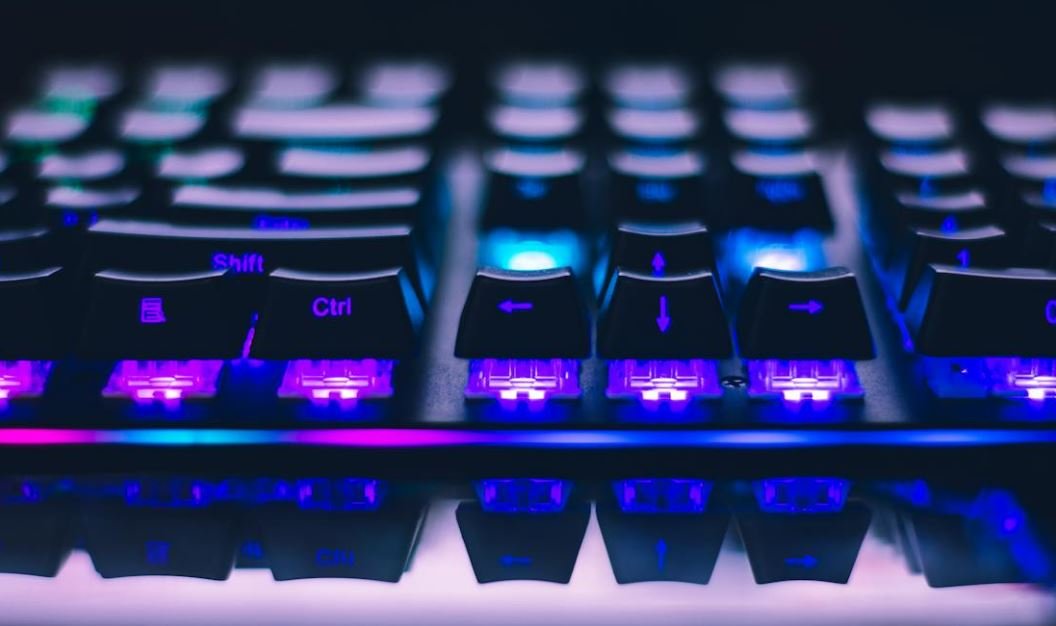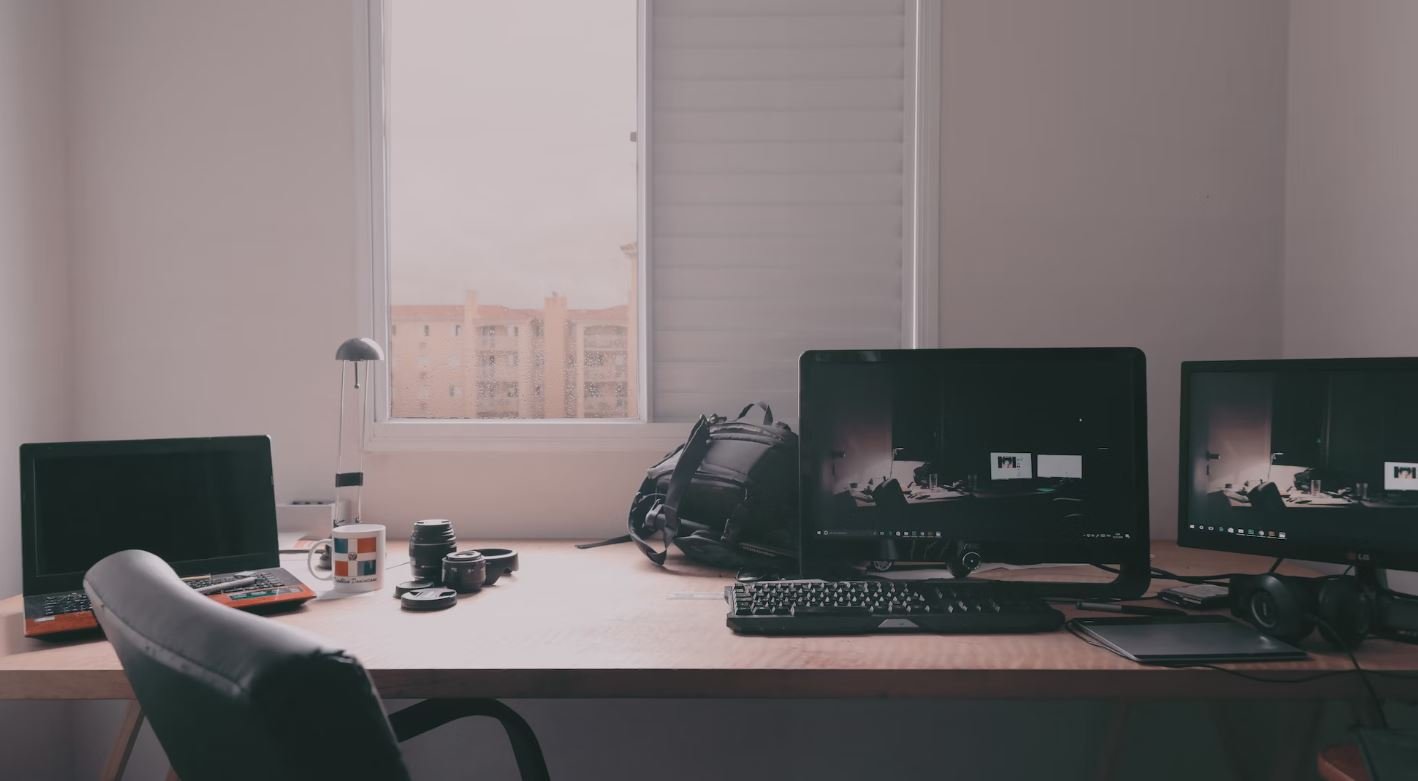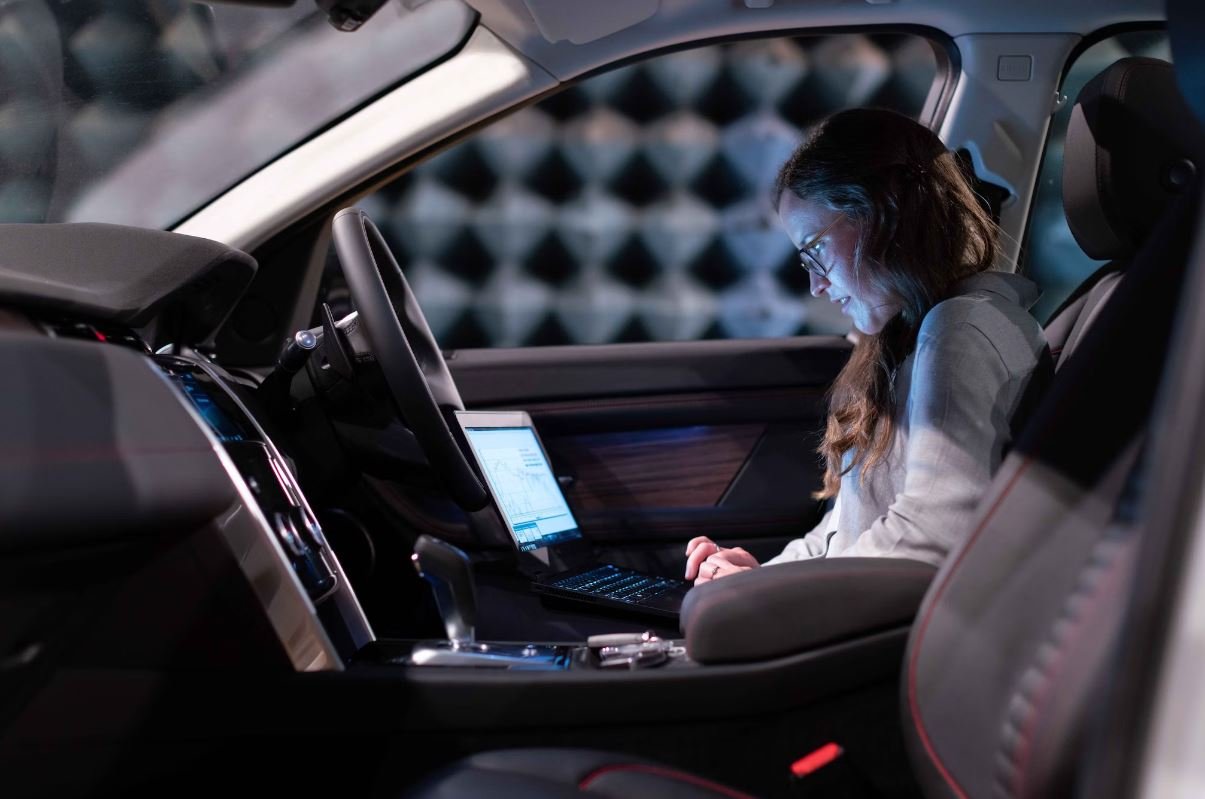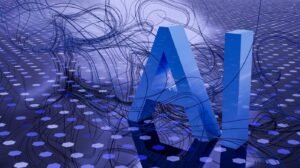Generative AI Image Examples
Generative AI, powered by deep learning algorithms, has made significant progress in creating stunning and realistic images. Using techniques such as generative adversarial networks (GANs), researchers and developers have been able to generate images that were once difficult to distinguish from real photographs. In this article, we explore some impressive generative AI image examples and the underlying technologies that make them possible.
Key Takeaways
- Generative AI can produce incredibly realistic images using deep learning algorithms.
- Techniques like GANs enable the generation of images difficult to distinguish from real photographs.
- Generative AI is advancing rapidly, pushing the boundaries of what is possible in visual media creation.
Understanding Generative AI Image Generation
Generative AI image generation involves the use of deep learning models to create images from scratch. These models are trained on large datasets of images and learn to generate new images by capturing patterns and features from the training data. **The underlying technology behind generative AI is deep learning, specifically GANs, which consist of a generator and a discriminator competing against each other in a game-like setting.** This competition produces high-quality results.
The Power of GANs
Generative adversarial networks (GANs) have revolutionized the field of generative AI image generation. GANs consist of two neural networks: the generator and the discriminator. **The generator network creates new images, while the discriminator network tries to distinguish generated images from real ones.** The networks go through several iterations of training, with the generator network improving its ability to create realistic images as the discriminator network becomes more discerning. *With GANs, generative AI is able to produce images with astonishing realism and detail.*
Real-World Applications
Generative AI image generation has a wide range of real-world applications. Artists and designers can use generative AI to quickly generate unique and inspiring visuals for their projects. **In industries like fashion, generative AI can help in creating new designs and patterns.** In healthcare, generative AI can contribute to medical imaging by generating synthetic images for research and training purposes. Furthermore, generative AI can be used in video game development to create lifelike characters and environments.
Generative AI Image Examples
Below are some impressive generative AI image examples showcasing the capabilities of this technology:
| Example | Description |
|---|---|
| 1 | An artificially generated landscape with realistic textures and lighting effects. |
| 2 | A stunning portrait of a person that appears indistinguishable from a photograph. |
| 3 | A futuristic cityscape with intricate details and vibrant colors. |
Future Developments
Generative AI image generation is a rapidly evolving field with continuous advancements. Researchers are constantly finding ways to improve the quality and realism of the generated images. **One interesting direction of research is the integration of generative AI with other technologies, such as augmented reality (AR) and virtual reality (VR), to create immersive visual experiences.** As generative AI continues to progress, we can expect even more astonishing and groundbreaking applications in the near future.
Conclusion
Generative AI image generation has opened up exciting possibilities in creating realistic and visually stunning images. With the power of deep learning and GANs, we can now generate images that were once unimaginable. As the field continues to advance, generative AI is poised to revolutionize industries like art, fashion, healthcare, and gaming. The potential for generative AI image generation is limitless, and it will undoubtedly continue to push the boundaries of what is possible in visual media creation.

Common Misconceptions
Misconception 1: Generative AI images can perfectly replicate reality
One common misconception about generative AI images is that they can perfectly replicate reality. While these algorithms have made significant progress in generating more realistic images, they are still limited in certain aspects.
- Generative AI images might have inaccuracies or distortions in fine details.
- Colors and lighting in generative AI images may not always match the real-world environment accurately.
- Generative AI images might lack the nuances and imperfections found in real photographs.
Misconception 2: Generative AI images are always indistinguishable from real images
Another common misconception is that generative AI images are always indistinguishable from real images. While some generative AI algorithms have produced remarkably realistic images, there are still telltale signs that can help distinguish them from real images.
- Generative AI images might lack a sense of depth or three-dimensionality.
- Certain objects or elements in generative AI images may appear distorted or unnatural.
- Generative AI images might have subtle artifacts or patterns that are not present in real images.
Misconception 3: Generative AI images are always generated without human intervention
There is a misconception that generative AI images are always generated without any human intervention. While generative AI algorithms have the ability to create images independently, they often require human involvement, especially in the training and fine-tuning stages.
- Human input is often required to curate and filter the dataset used for training generative AI models.
- Adjustments and modifications to the algorithm parameters may be made by human operators to achieve desired results.
- Human feedback and validation are crucial in refining generative AI images to match the desired outcome.
Misconception 4: Generative AI images always violate copyright laws
Many people mistakenly assume that generative AI images always violate copyright laws because they can imitate existing artwork or photographs. However, the legality of using generative AI images depends on various factors, including the dataset used for training and the purpose of image generation.
- Generative AI images that are created from scratch or use publicly available datasets are less likely to infringe copyright laws.
- If generative AI images are created with permission or proper licensing, they can be legally used.
- Using generative AI images in transformative or creative ways may fall under fair use and be considered legal.
Misconception 5: All generative AI images are produced by the same algorithm
Some people incorrectly assume that all generative AI images are produced using the same algorithm. In reality, there are various algorithms and approaches used in generative AI, each with its own strengths and limitations.
- Different generative AI algorithms, such as GANs, VAEs, or autoregressive models, produce distinct styles of images.
- The performance and quality of generative AI images can vary significantly depending on the specific algorithm used.
- Each algorithm may excel in generating specific types of images, such as faces, landscapes, or abstract art.

Generative AI Image Examples
In recent years, generative artificial intelligence (AI) has made remarkable progress in the field of computer vision. By training models on massive datasets, these AI systems are now able to generate images that are virtually indistinguishable from real photographs. In this article, we showcase ten stunning examples of generative AI image outputs, exemplifying the capabilities of this cutting-edge technology.
Cosmic Nebulae
Astrophotography enthusiasts often capture mesmerizing images of vast, colorful cosmic nebulae. Thanks to generative AI, we can now create stunning nebulae imagery that rivals those photographs, allowing us to witness the beauty of the universe in breathtaking detail.
Fantasy Landscapes
Creating fantastical landscapes has long been a staple of artists’ imaginations. Generative AI takes this concept to new heights by generating immersive and highly detailed landscapes that transport us to outlandish worlds filled with enchanting features and vivid colors.
Endangered Species
With generative AI, we can bring attention to biodiversity conservation by generating lifelike images of endangered species. These images serve as a poignant reminder of the beauty and fragility of our planet’s diverse range of flora and fauna.
Architectural Marvels
Generative AI can recreate architectural wonders from different eras, including ancient civilizations and futuristic concepts. This technology allows us to visualize and appreciate the intricacies of iconic structures that shape our world.
Portrait Masterpieces
Artists have always been fascinated by portraiture, and generative AI has taken this art form to new heights. By training on thousands of real portraits, these AI systems can produce lifelike images that capture the essence and unique characteristics of their subjects.
Exotic Wildlife
Imagine being able to witness rare and exotic wildlife in their natural habitats. Generative AI allows us to create images of endangered or elusive animals, giving us a glimpse into their world and a deeper appreciation for their conservation.
Abstract Expressionism
The abstract art movement pushed the boundaries of visual representation, and now generative AI can continue that tradition. By transforming input data into abstract forms and colors, these AI systems create unique and thought-provoking compositions.
Underwater Wonders
Exploring the depths of the ocean has always fascinated us, and generative AI helps us delve even further. By generating stunning underwater scenes, we can witness the mesmerizing beauty of coral reefs, marine life, and the secrets hidden beneath the surface.
Prehistoric Beasts
Generative AI allows us to travel back in time and visualize long-extinct creatures with incredible authenticity. By reconstructing dinosaurs and other prehistoric beings, we can marvel at the wonders of our planet’s ancient history.
Celestial Bodies
Stargazers are captivated by the celestial bodies that populate our night sky. Generative AI takes us even closer to the cosmos by producing breathtaking imagery of stars, galaxies, and other celestial phenomena for our admiration and wonder.
Conclusion
Generative AI has opened up a world of possibilities in the realm of image generation. From replicating natural wonders to envisioning abstract concepts, these AI systems have revolutionized what was thought possible in visual artistry. With further advancements, the boundaries of generative AI image examples will continue to be pushed, inspiring creativity and transforming our perception of what is real and imagined.
Frequently Asked Questions
Generative AI Image Examples
What is generative AI?
Generative AI refers to a branch of artificial intelligence that focuses on creating artificial systems capable of producing unique and creative outputs, such as images, music, or text, based on existing data and patterns.




